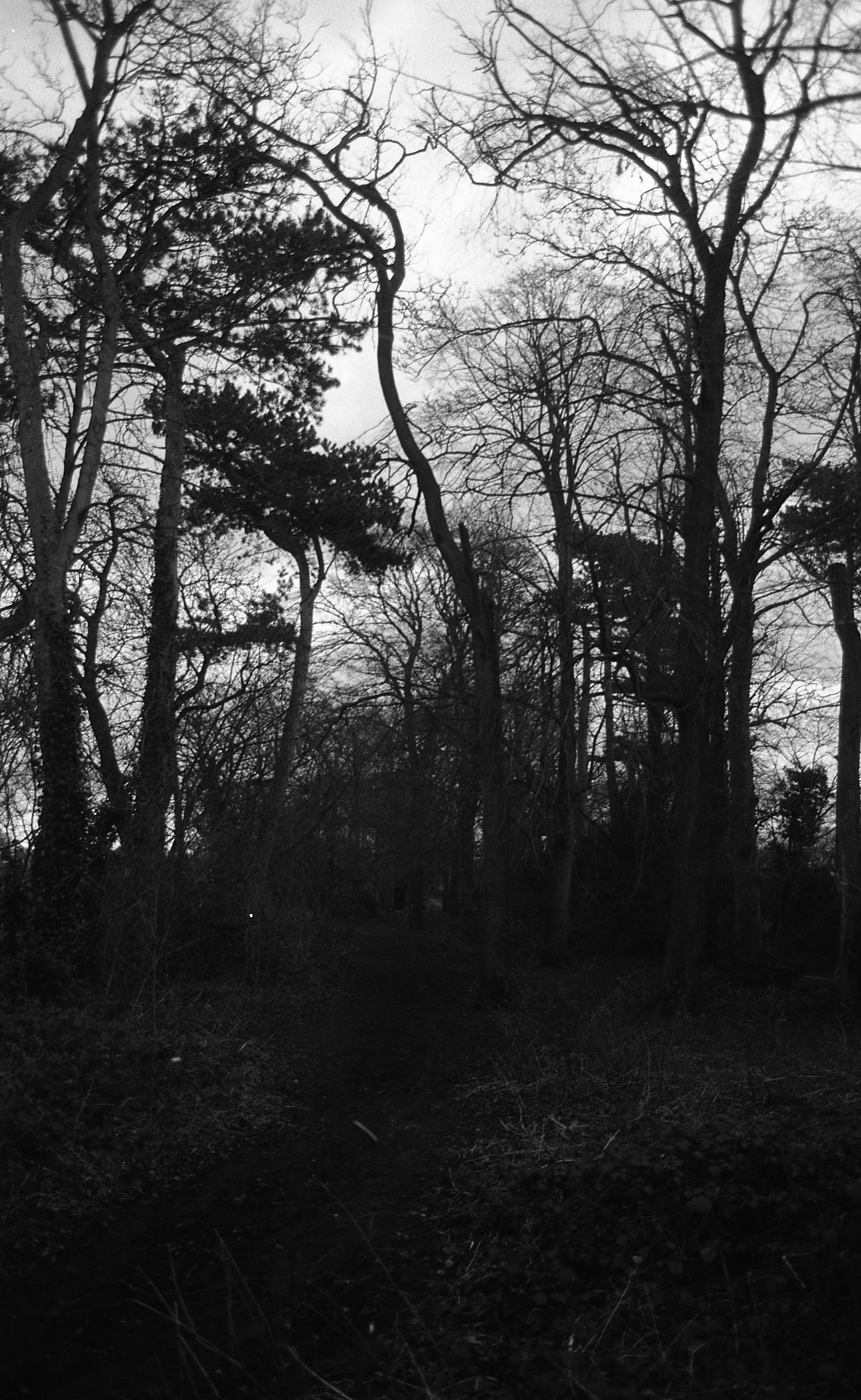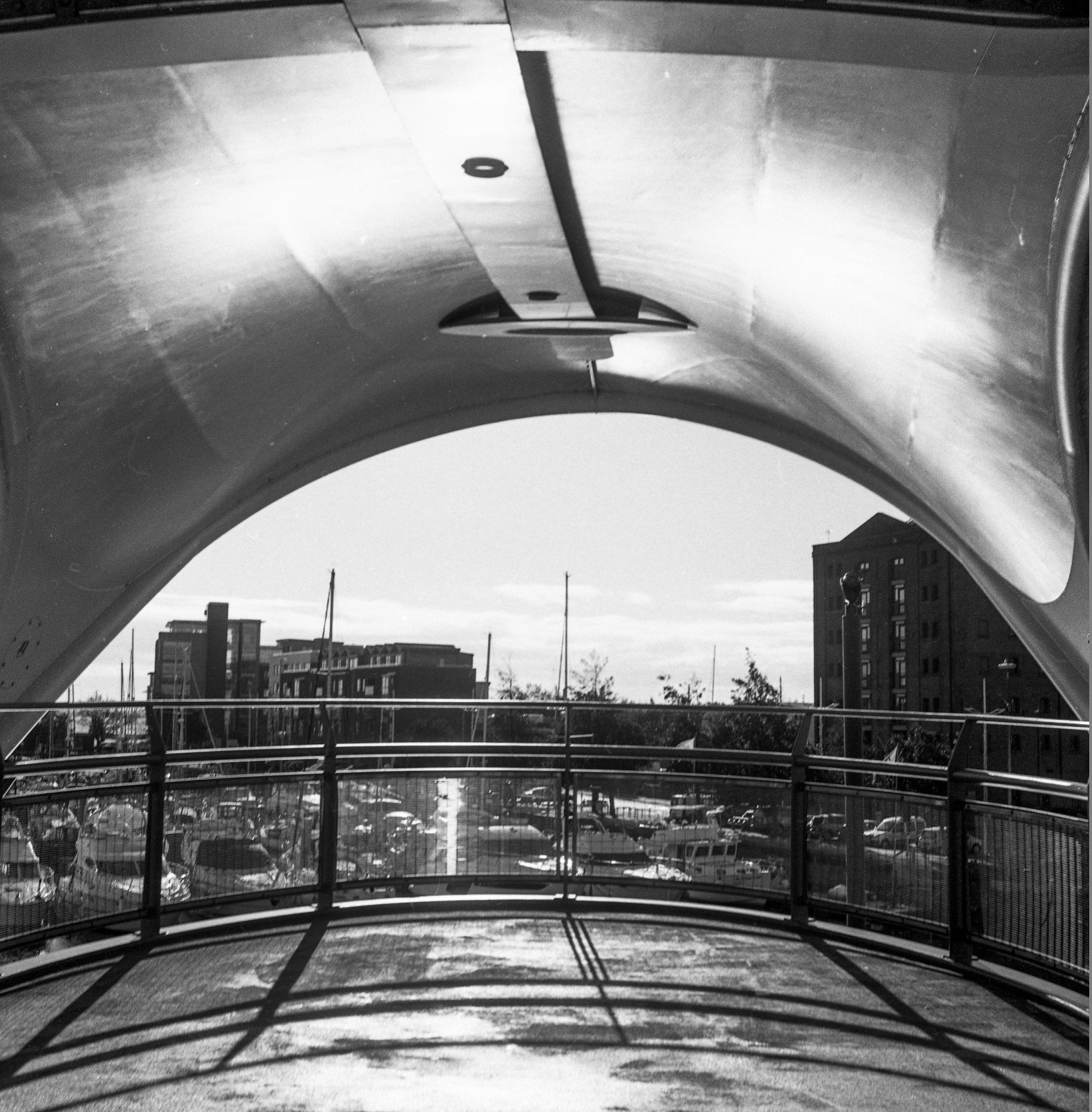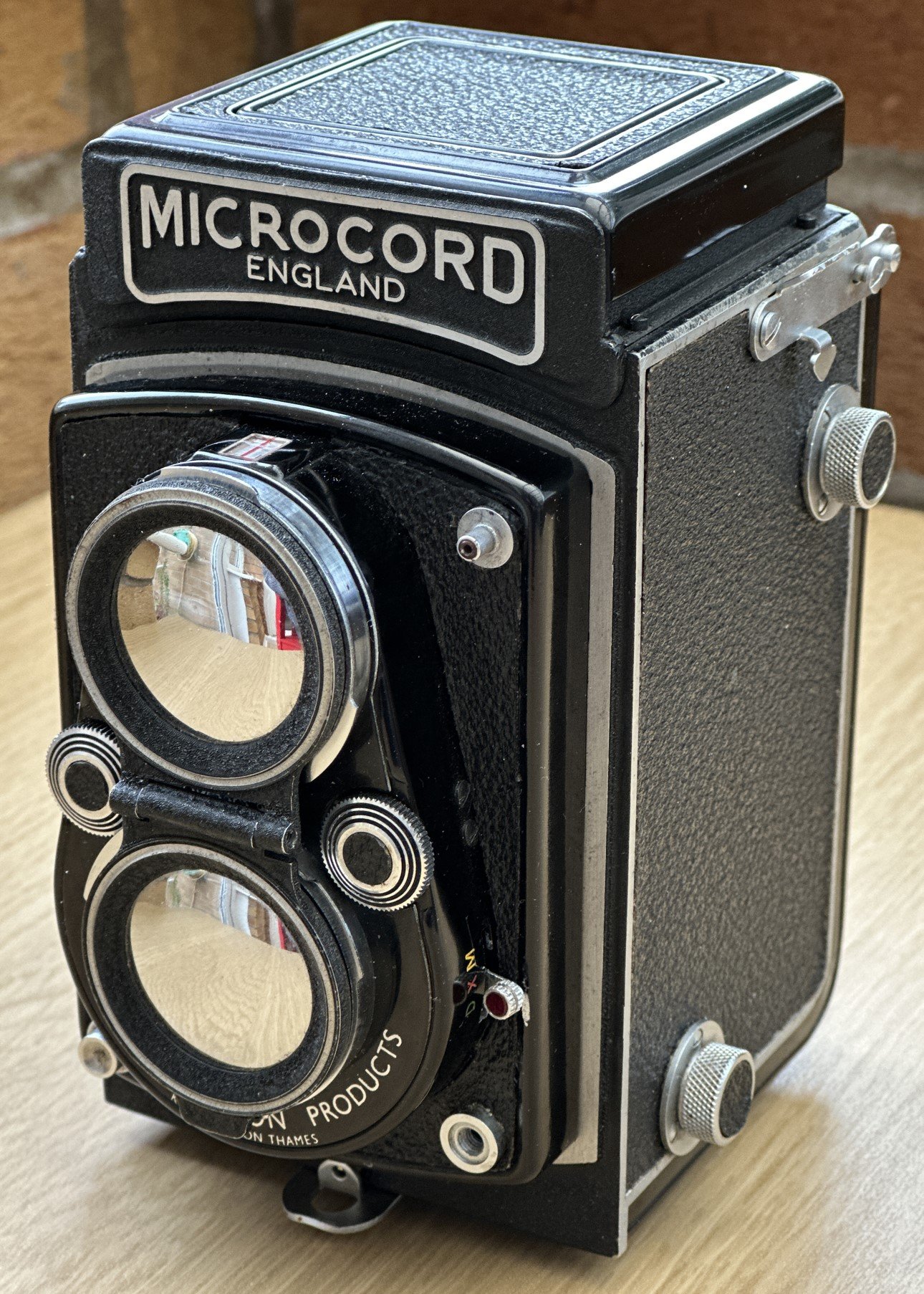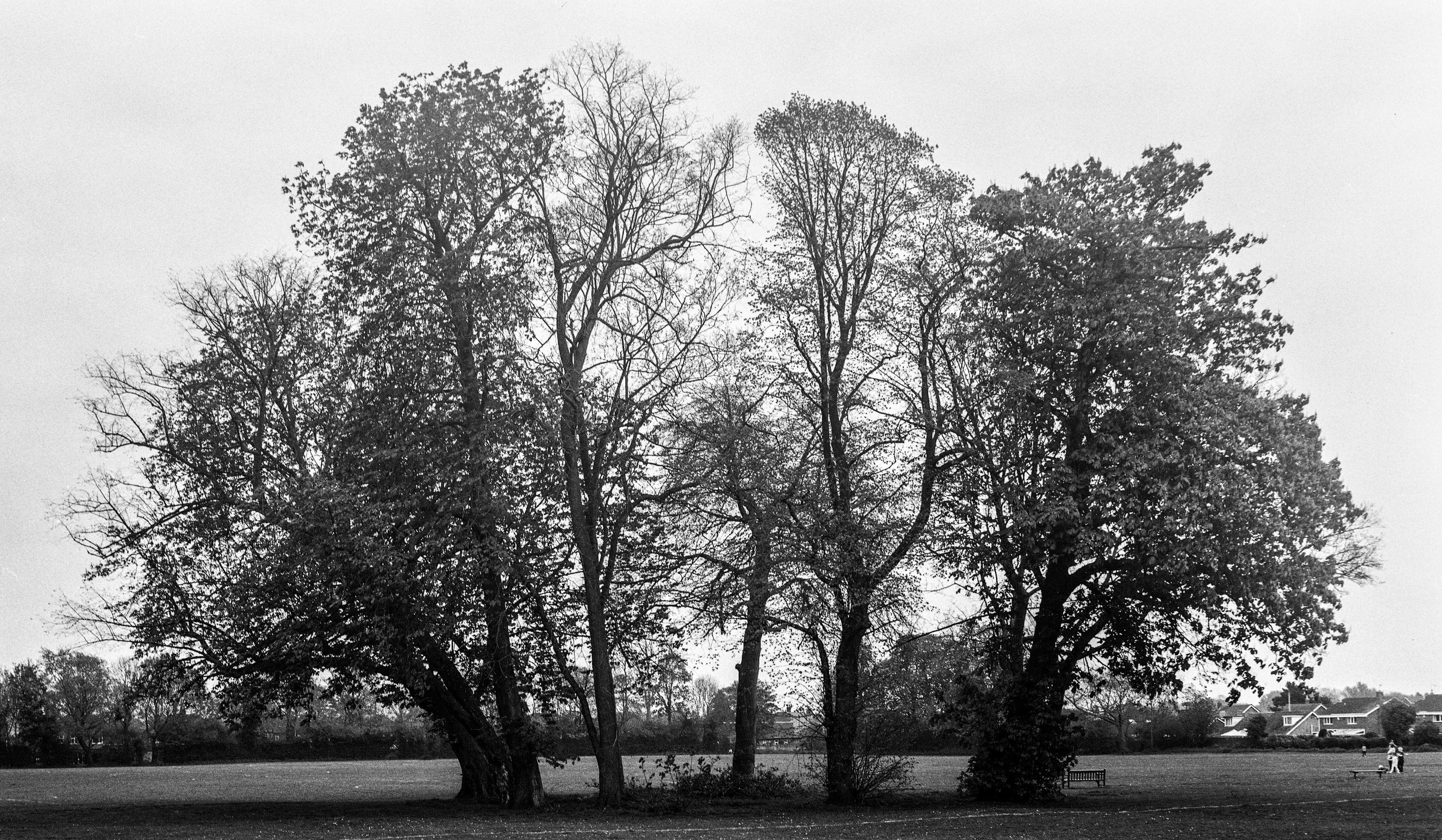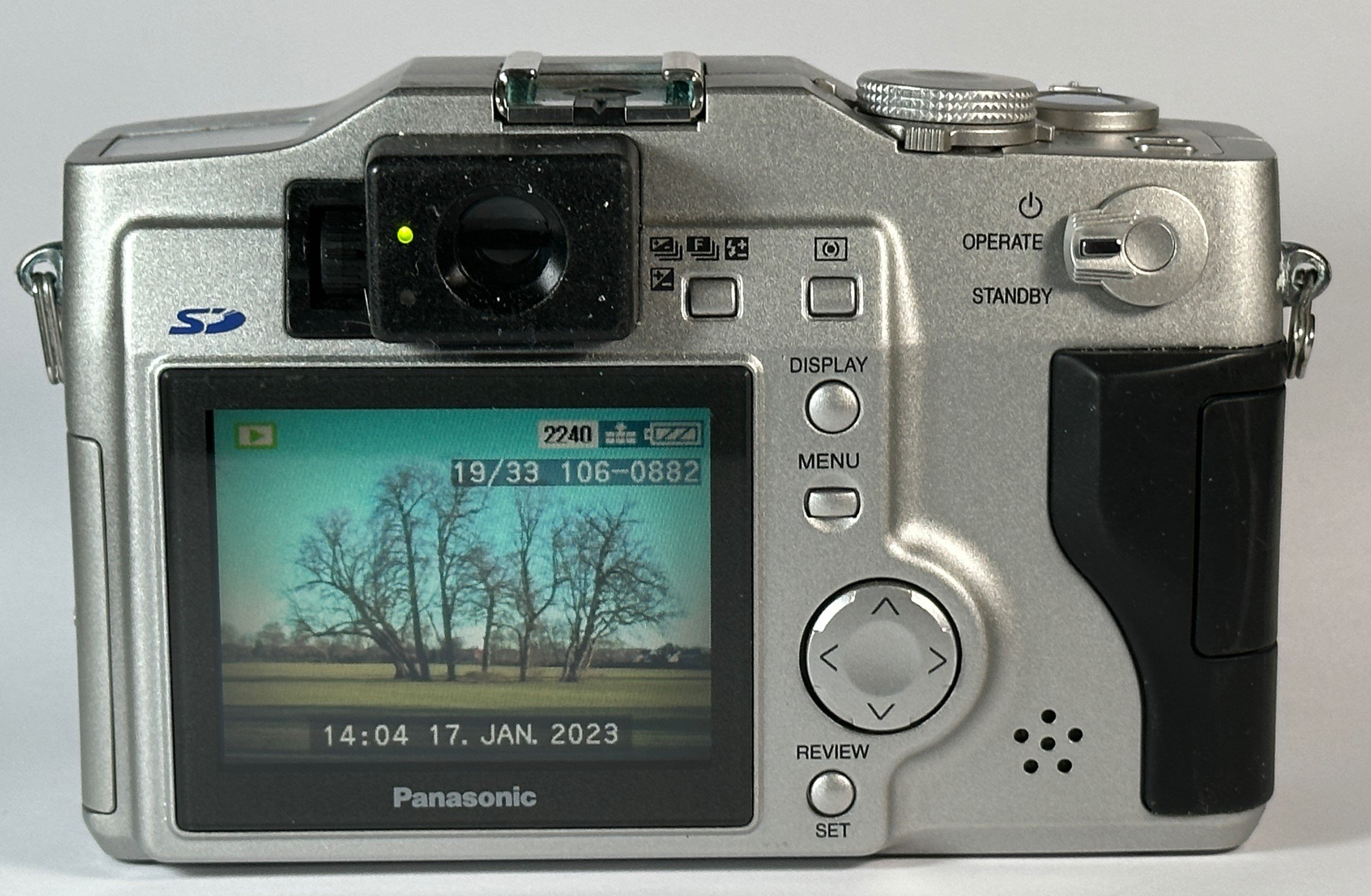Bought an Olympus Pen EES from Japan
/Not bad for a fifty year old camera
It’s number one son’s fault. He told me about the Buyee site which lets you bid in Japanese auctions. I’ve been after an Olympus Pen EES (with manual focus) for a while and so I took a look. They had one on there priced at 27 quids. Very good condition and with a “working” exposure meter. So I bought it. The price is impressive for a camera like this; although I did have to pay another 27 quids for postage and packing.
The service is very good. The Japanese seller of the camera sends it to the Buyee warehouse in Japan where it can be stored for up to a month. If I bought any other bits and bobs they could have been sent there too and then all combined for shipping. As I was just buying the one camera I had it shipped out as soon as possible. It took four or five days to arrive and the whole process was very smooth. I’ve had orders from ebay which have taken longer. The order didn’t attract any import duty and I was able to use the Japan Post website to track the package all the way to being out for deliver by Royal Mail Parcelforce.
The camera arrived today and (of course) doesn’t quite work properly. The exposure meter isn’t working and the aperture is stuck at F22. But I don’t mind. It will take pictures (although I’ve yet to develop them). Even if I have to spend a few quids to get it fixed or brave going inside and fixing it myself I’ve still got a camera in extremely good condition. The site sells a huge variety of stuff, some of it at very interesting prices. I don’t think I’ll be buying things every week, but it is nice to have the option if I want to get something which is a bit out of the ordinary.









